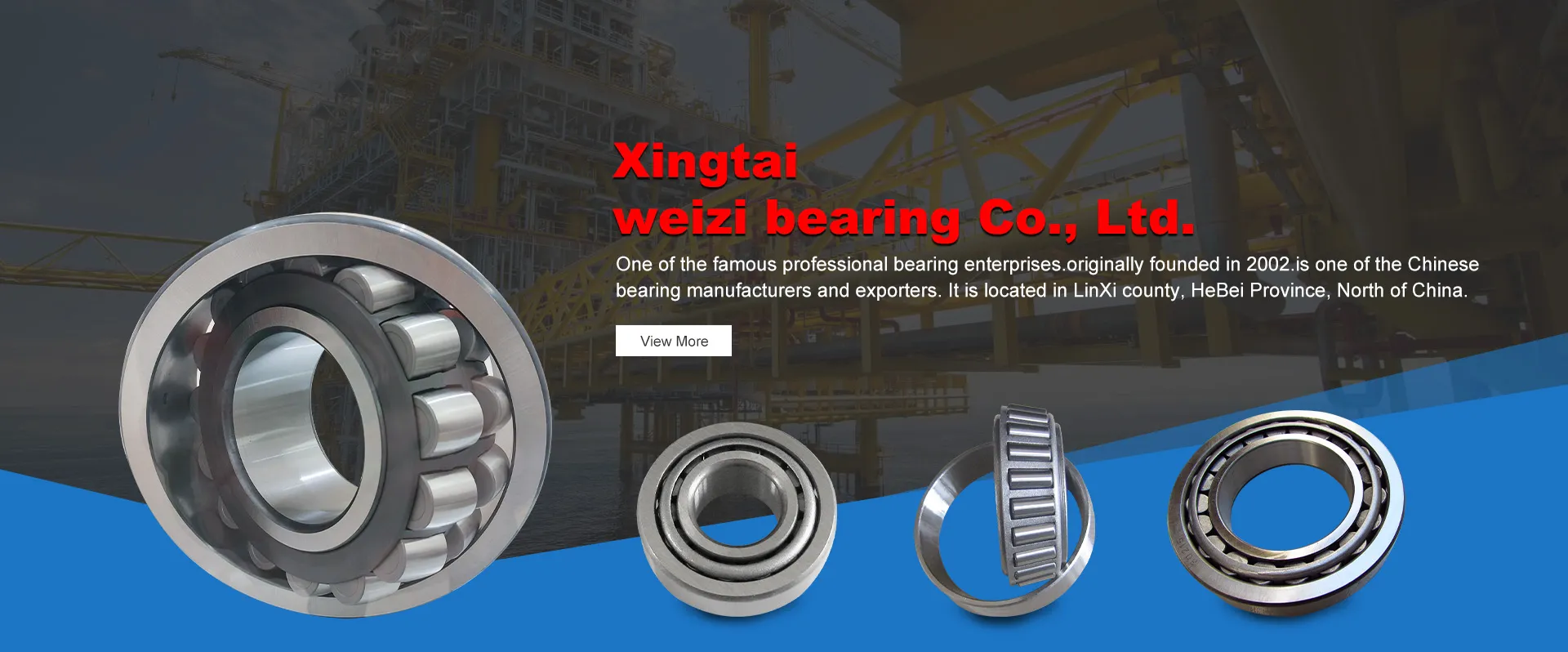
Jul . 24, 2024 02:10 Back to list
Exploring the Role of Bearing Contact in Mechanical Performance and Reliability Analysis
Understanding Bearing Contact Importance, Types, and Applications
Bearing contact refers to the interaction between the moving parts of machinery, particularly where rotational or linear motion occurs. Bearings are critical components in various mechanical systems, providing support and enabling movement by reducing friction between moving parts. Understanding bearing contact is essential for engineers and designers to ensure the reliability and efficiency of mechanical systems.
Types of Bearing Contact
There are several types of bearing contact classified based on their design and application
1. Point Contact This occurs when two surfaces touch at a single point. Typically found in ball bearings, point contact minimizes the contact area, reducing friction and wear. However, it also limits the load-carrying capacity since the load is concentrated on a single point.
2. Line Contact In this case, the contact occurs along a line rather than at a point. Known in roller bearings, line contact allows for a larger contact area, distributing the load more evenly and enhancing the bearing’s load-carrying capacity.
3. Area Contact This type of contact occurs when two surfaces interact over a larger area, as seen in plain bearings. While they provide excellent load distribution, area contact can lead to higher friction levels compared to point or line contact.
Factors Influencing Bearing Contact
The efficacy of bearing contact is influenced by several factors, including material properties, lubrication, alignment, and load conditions
.bearing contact

- Material Properties The choice of materials for bearings significantly affects contact performance. Harder materials can withstand greater loads but might be susceptible to brittleness, while softer materials may wear out faster but provide better shock absorption.
- Lubrication Lubrication is crucial for reducing friction and wear in bearing contact. Proper lubrication minimizes direct contact between surfaces, reducing heat generation and prolonging the bearing’s life. Various lubricants are available, including oils and greases, each suitable for different operating conditions.
- Alignment Misalignment in bearing systems can lead to uneven contact, resulting in excessive wear and premature failure. Proper alignment during installation is critical to ensure optimal performance.
- Load Conditions Bearings are designed to handle specific loads. Overloading can lead to excessive stress and failure, while underloading may not utilize the bearing's full potential. Understanding the load conditions is vital for selecting the appropriate bearing type.
Applications of Bearing Contact
Bearing contact is prevalent in various industries and applications, including automotive, aerospace, manufacturing, and even household appliances. In the automotive industry, for instance, bearings are used in engine components, wheel hubs, and transmission systems to facilitate smooth motion and reduce wear. In aerospace, high-performance bearings are critical for the reliability of engines and control systems.
In manufacturing, bearing contact plays a vital role in machinery such as conveyor belts, machining tools, and assembly line equipment, where precision and efficiency are paramount. Additionally, everyday appliances like washing machines and fans rely on bearings to function efficiently.
Conclusion
In conclusion, bearing contact is a fundamental concept in mechanical design and engineering that influences the performance and longevity of machines. Understanding its types, the factors affecting it, and its applications allows engineers to design more efficient systems. As technology advances, innovations in bearing materials and designs continue to evolve, enhancing the capabilities of modern machinery and paving the way for new possibilities in various industries. Properly addressing bearing contact can lead to substantial improvements in performance, efficiency, and durability across a wide array of applications.
Latest news
-
Grooved Ball Bearing Design and Functionality
NewsJun.04,2025
-
Concrete Mixer Bearing Load Capacity Testing
NewsJun.04,2025
-
6004 Bearing Dimensions in Robotic Joint Designs
NewsJun.04,2025
-
Advantages of Single-Row Deep Groove Ball Bearings
NewsJun.04,2025
-
Applications of Deep Groove Ball Bearings in Automotive Systems
NewsJun.04,2025
-
Innovations in Bearing Pressing Machine Design
NewsJun.04,2025
